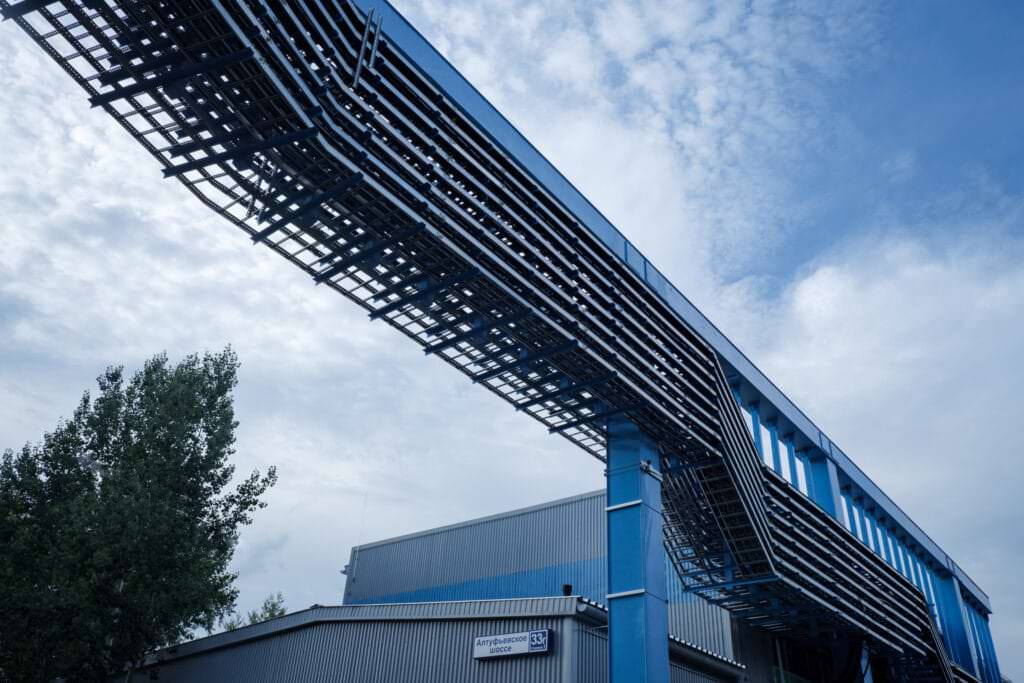With the commentary from Sergey Vyshemirsky, IXcellerate CTO
To date, the DC industry accounts for approximately 1-2% of global power consumption. This is a lot, and if forecasts are anything to go by, the appetites of data centres will keep increasing in the next few years. Researchers from Cloudscene even go as high as 32 GW, which wattage-wise puts it in the same ballpark with all of Spain.
This example is actually only a part of the big picture of the changes in the energy sector of the economy that are taking place in many countries around the world. Technological breakthroughs and the evolution of corporate business models, new market mechanisms and growing demand from energy consumers combine to drive a transformation of the utilities sector and a search for new concepts.
Among the new solutions for energy information systems is Smart Grid, which has also reached Russia over the last couple of years.
What is Smart Grid?
Smart Grid, or intelligent grid, is a new approach to electric power distribution that is predicated on electricity generation and consumption data. A Smart Grid system takes the data and automatically balances energy between all stakeholders in it, thus improving the performance, reliability and economics of the grid.
And how does it work?

Smart Grid is first and foremost an information network that integrates a multitude of technical elements and assemblies. For energy consumers, these are special smart meters, energy accumulation systems, electrical appliances and transport, as well as distributed generation facilities.
For energy producers and distributors, the most important elements are phase measurement units, substation controllers, distributed generation facilities and energy accumulation systems. The underlying architecture is very complicated and multi-level, and all the data involved require safe and secure storage and transmission. But the upshot of it all is that a smart grid makes it possible to manage the distribution of electric power among all stakeholders based on their real needs.
Modern data centres perform well even without smart grids, don’t they?
As we have already said, data centres will need ever more capacity and energy over the next few years. So the demand for green solutions and the use of renewable energy sources is growing across the board and gradually becoming the new norm.
IXcellerate CTO Sergey Vyshemirsky believes that the currently dominant DC architecture is not equal to the challenges of the future.
A modern data centre means a lot of things: DGU, freon chillers, air conditioners, antifreeze and diesel fuel; all of the above releases an enormous amount of heat into the atmosphere. Any average DC in Europe, Asia or America consumes dozens of megawatts of power per hour, and what it is definitely not is a paragon of green technology, however many solar batteries you have on the roof. You need to deploy next-generation UPSs capable of interfacing with the urban smart grids. Such UPSs will make it possible to minimize power consumption, limiting it to the required quantity at the required time. And surplus energy can then be fed into the grid for other users to tap. Renewable energy sources will then be more sought after and will perform better”.
A survey conducted by an Omdia research team confirms this. In it, 80% of respondents thought that 10 to 50% of battery capacity at data centres is redundant and can potentially be used to feed the grid. Most also noted that using a smart grid will increase the benefits and applicability of renewable energy sources such as solar and wind.
Sounds awesome! And is the Russian market ready for this?
We think yes. Sergey Vyshemirsky believes in the huge potential of a Smart Grid system.
I believe that this is the future. And Russia is no exception. The future belongs to carbon-neutral technologies and environment-friendly equipment that uses renewable power sources. We plan to incorporate Smart Grid systems into the data centres to be built on our southern campus as part of a joint project with Rosseti for a new 200MW power supply centre.
The bar must be raised. We need to persuade the market that redundant capacity should be based not on diesel generators but on sites. Connect to the federal grid at the highest voltage, supply adaptive power storage systems instead of DGU and release our surpluses into the grid during peak hours, while charging ourselves with others’ surpluses.
The good news is that it’s a win-win for everyone: the customers will get cheap electricity; the planet will get cleaner air; and the power sector will perform better!


